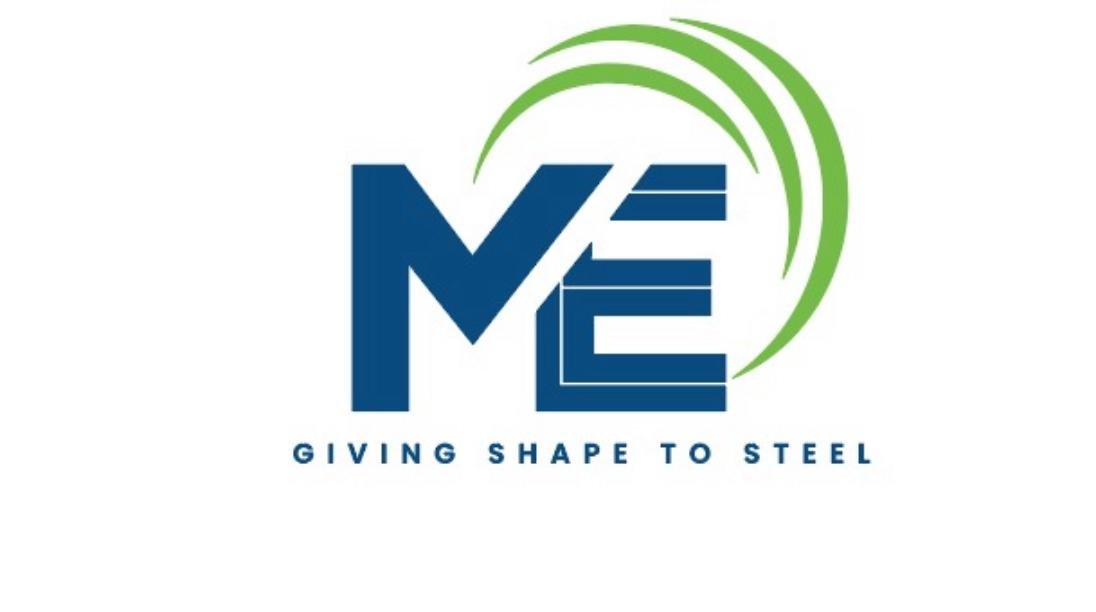Truss Bridge



Truss Bridge

Truss Bridge
A truss is a structural framework consisting of interconnected elements forming triangular units. When a bridge’s load-bearing superstructure is constructed with a truss, it is referred to as a truss bridge. Mechanically, truss structures are highly efficient in utilizing the strength of construction materials because they primarily resist axial forces in truss members.
Trusses are commonly treated as pinned connections between adjacent members, such as chords, verticals, and diagonals, allowing these elements to act solely in tension or compression. Furthermore, trusses exhibit greater rigidity compared to beams due to their triangular composition, enabling them to distribute loads effectively across the entire structure.
The truss bridge, also known as a beam bridge with braces, is characterized by its simple design method and economical use of materials in both design and construction. Short-span truss bridges are typically constructed as simply supported, while large-span truss bridges are often designed as continuous truss bridges or cantilever truss bridges. These truss configurations can be employed as under-slung trusses, semi-through trusses, or through truss bridges.
Specification Of Truss Bridge
Material:
- Truss bridges are typically constructed using materials with high strength and durability, such as steel or reinforced concrete. The choice of material depends on factors like the span length, load requirements, and environmental conditions.
Truss Configuration:
- The specific arrangement and configuration of truss members, including chords, verticals, and diagonals, will be defined in the design. The configuration influences the overall strength, stability, and load-bearing capacity of the bridge.
Span Length:
- The span length is the distance between the supports of the bridge. Truss bridges can be designed for various span lengths, ranging from short spans to long spans, and the design will be influenced by the required functionality and site conditions.
Load Capacity:
- The bridge must be designed to support the expected loads, including live loads (e.g., vehicles, pedestrians) and dead loads (the weight of the bridge itself). Load capacity considerations are critical for safety and structural integrity.
Foundation Design:
- The design of the bridge’s foundations, such as abutments or piers, is crucial for providing stable support. The type and depth of foundation elements will depend on factors like soil conditions and water levels.
Connection Details:
- The method of connecting truss members is important for the overall stability of the bridge. Commonly, trusses are assumed to have pinned connections, but the actual connection details, including the use of bolts or welds, will be specified in the design.
Corrosion Protection:
- Truss bridges, especially those made of steel, often require corrosion protection to ensure long-term durability. This may involve the application of protective coatings or the use of corrosion-resistant materials.
Clearance Requirements:
- The bridge design must meet clearance requirements for various modes of transportation passing beneath it, such as roadways, railways, or waterways.
Compliance with Codes and Standards:
- Truss bridges must adhere to local and international building codes and standards. Compliance ensures that the bridge meets safety and performance criteria.
Dynamic Analysis:
- For certain applications, such as railway bridges, dynamic analysis may be required to assess the bridge’s response to moving loads and ensure stability under dynamic conditions.
About Us
We provide all type of steel structure fabrication service like Bridge girder PEB building steel truss Girder BUG Girder for any type of steel structure fabrication work contact us


Pages
Social Media
Office Address
65/2, Satyen Roy Road, Kolkata – 700034.
Mobile:+91-9874065259
+91-9874665259

